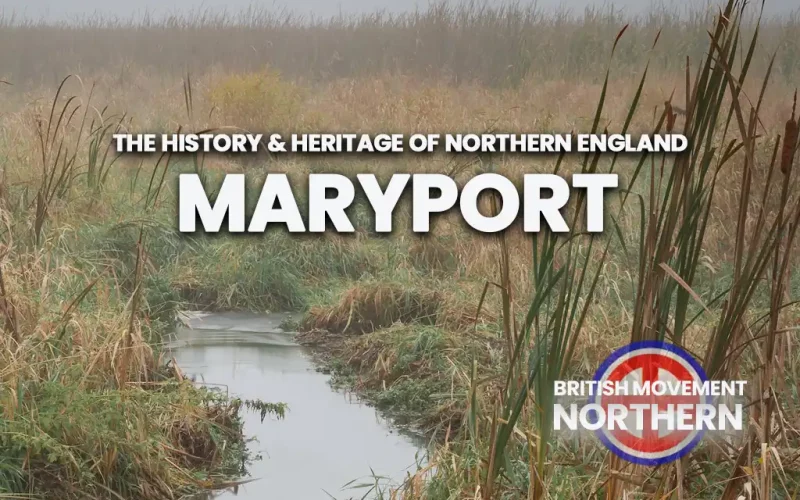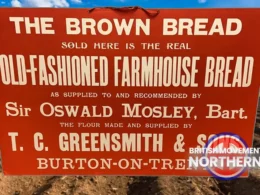Maryport in Cumbria is unusual in that it did not become known as ‘Maryport’ until half way through the 18th Century and was so named at the whim of a member of the local gentry who named the existing settlement after his wife, Mary Senhouse. The site of this settlement on the Solway Estuary was occupied during the Stone Age and was later a minor coastal settlement during the Iron Age.
The area was occupied by one of the Celtic tribes, the Carvettii, a subordinate tribe to the Brigantes. The settlement which came to be called Alauna or Alione was an important fort during the Roman occupation of northern Britain.
This Roman fort on the Cumbrian coast was an integral part of the Hadrian’s Wall defensive system and provided a safe port for Roman shipping and access across to South-west Scotland. Alauna remained an important Roman garrison, one of five such forts across Britain. The fortress remained under Roman military control from the completion of Hadrian’s Wall until the Roman army left Britain, the fortress was in permanent use for over 200 years.
After the Romans left the region, the small settlement eventually came under Anglo-Saxon control as part of the outer fringes of the kingdom of Northumbria, but was located in a territory frequently claimed and taken by the Kings of Scotland. Although Norse Vikings raided and settled parts of the North-west coast, no permanent Viking settlement is recorded as having occupied the mouth of the River Ellen.
In the early part of the Norman period, the settlement and surrounding area was under Scottish control and was therefore not recorded in the Domesday Book. In the 12th Century, the Norman overlords established a motte and bailey castle outside the settlement on a raised area of ground which came to be known as Castle Hill. The area was frequently raided by war bands from Scotland and for periods during the Middle Ages was again considered Scottish territory.
In the 15th Century the settlement was known as Le Netherhall, later to be called Netherhall or Netherall until the 1600’s. Given its location in regard to the River Ellen and the point where the River Ellen joined the Solway the settlement became known as Ellenfoot or sometimes as Ellenborough.
Then in 1749, the local gentleman Humphrey Senhouse of Netherhall applied and succeeded in obtaining an Act of Parliament to develop the port at Ellenfoot and in homage to his wife successfully renamed the town of Ellenfoot as Maryport. From the late 18th Century onwards, Maryport developed both as a small port with docks, to allow the shipping out of Cumbrian coal and iron ore.
In the 19th Century, the controlling Senhouse family funded the establishment of an iron foundry at Maryport and the town expanded its population and its role in the Industrial Revolution in the North-west. Maryport was involved in shipping, iron works and ship building.
This prosperity was not to last and during the early 20th Century Maryport went into decline, after the First World War, ship building ended in Maryport, and the town lost workers and investment to both Whitehaven and Workington. The docks at Maryport went into decline and were officially closed in 1961 and the population also declined as industry left the town. Later the former docks were re-developed as a marina for pleasure craft and private boats as Maryport shifted its attention to tourism.
Originally part of Cumberland, Maryport became subject to local government changes and in the 1970’s became part of Cumbria. Maryport can certainly be classed as a White Town, the most recent population data shows that the population is over 98% White, mostly White British, the ethnic minority makeup of the town is miniscule.
The population data statistics show that Maryport has the lowest levels of population by immigration from outside the European Union (ie non-white) compared with the rest of the United Kingdom.
Resources:
Below Image: Maryport Castle Hill / Tim Heaton / Motte Hill, Maryport.

The British Movement would love to receive articles for possible inclusion on this site from members and supporters across the North of England. Please remember that we have to operate within the laws of this country – we will not include any content that is against the current laws of the United Kingdom. News reports should be topical and be relevant to the regions covered by this website.












